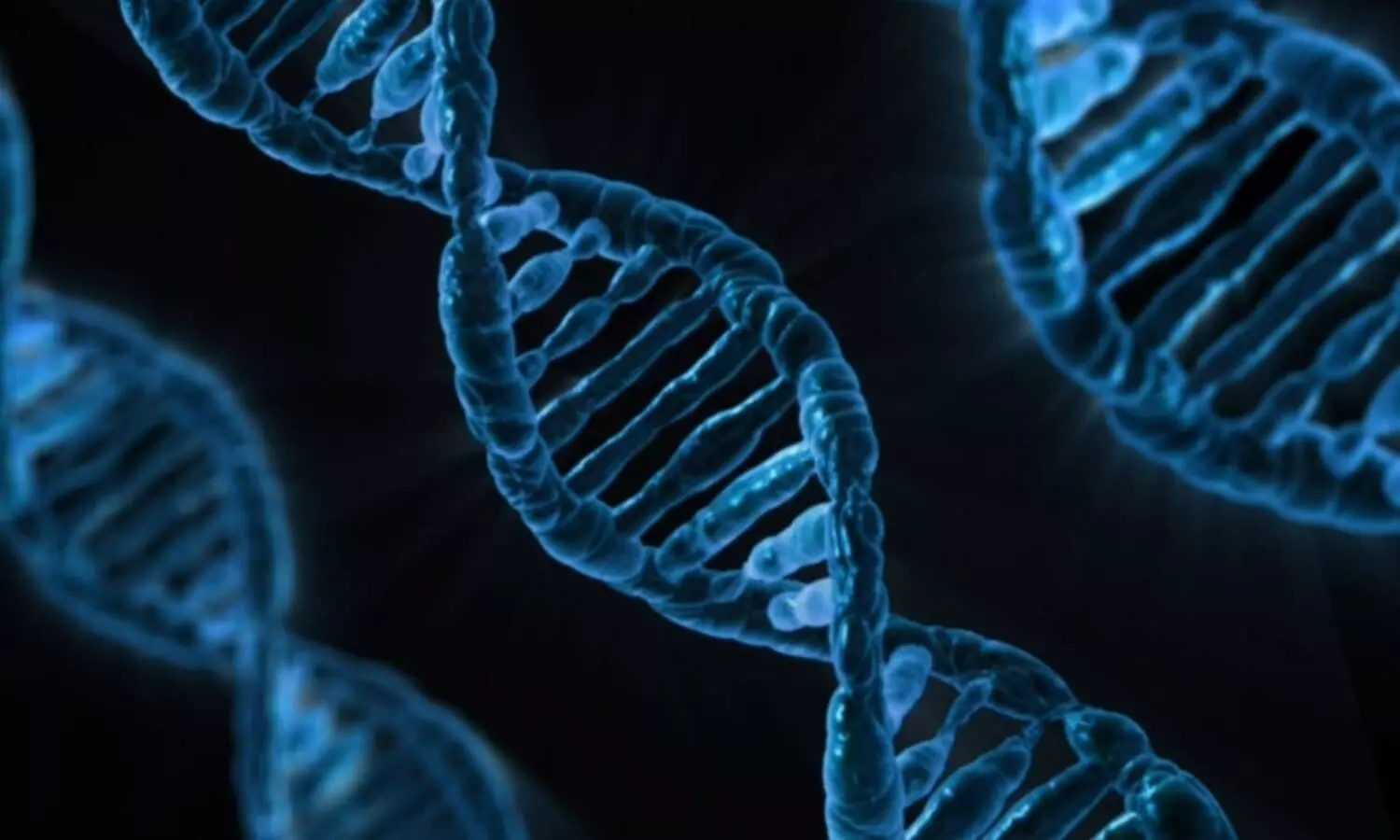Roman Catholics of Goa, Mangalore have early lineages of Brahmin community: Study
A new study has revealed that Roman Catholics of Goa, Kumta, and Mangalore regions are the remnants of very early lineages of the Brahmin community of India, majorly with Indo-European-specific genetic composition.
By Newsmeter Network
Hyderabad: A new study has revealed that Roman Catholics of Goa, Kumta, and Mangalore regions are the remnants of very early lineages of the Brahmin community of India, majorly with Indo-European-specific genetic composition.
Conducted by Dr Kumarasamy Thangaraj, Chief Scientist, CSIR-Centre for Cellular and Molecular Biology (CCMB), and Director of Centre for DNA Fingerprinting and Diagnostics, Hyderabad; and Dr Niraj Rai, Senior Scientist, DST-Birbal Sahni Institute of Palaeosciences (BSIP), Lucknow, and the researchers analyzed the DNA of 110 individuals from the Roman Catholic community of Goa, Kumta, and Mangalore.
They compared the genetic information of the Roman Catholic group with previously published DNA data from India and West Eurasia. They put this information alongside archaeological, linguistic, and historical records. All of these helped the researchers fill in many of the key details about the demographic changes and history of the Roman Catholic population of South West of India since the Iron Age (until around 2,500 years ago), and how they relate to the contemporary Indian population.
They concluded that the Roman Catholics of Goa, Kumta and Mangalore regions are the remnants of very early lineages of the Brahmin community of India, majorly with Indo-European-specific genetic composition.
The study found consequences of the Portuguese inquisition in Goa on the population history of Roman Catholics. They also found some indication of the Jewish component. This finding has been published in "Human Genetics" on 23 August 2021.
"Our genetic study revealed that the majority of Roman Catholics is genetically close to an early lineage of the Gaur Saraswat community. More than 40 per cent of their paternally inherited Y chromosomes can be grouped under the R1a haplogroup. Such a genetic signal is prevalent among populations of north India, the Middle East, and Europe and unique to this population in the Konkan region," said Dr. Kumarasamy Thangaraj, senior author of the study.
Dr. Niraj Rai, the co-corresponding author, said this study strongly suggests profound cultural transformations in the ancient South West of India. "This has mostly happened due to continuous migration and mixing events since last 2500 years", he said.
Lomous Kumar, first author of the paper, said the origins of many population groups in India like the Jews and Parsis are not well-understood.
"These are gradually unfolding with advances in the modern and ancient population genetics. Roman Catholics are one of them with much-debated history of the origin based on inferences of anthropologists and historians", he said
Dr Vinay K Nandikoori, Director, Centre for Cellular and Molecular Biology, Hyderabad, said this multi-disciplinary study using history, anthropology and genetics information have helped them in understanding the population history of Roman Catholics from one of the most diverse and multicultural region of our country.
The other institutes involved in this study are Mangalore University, Canadian Institute for Jewish Research, and Institute of Advanced Materials, Sweden.